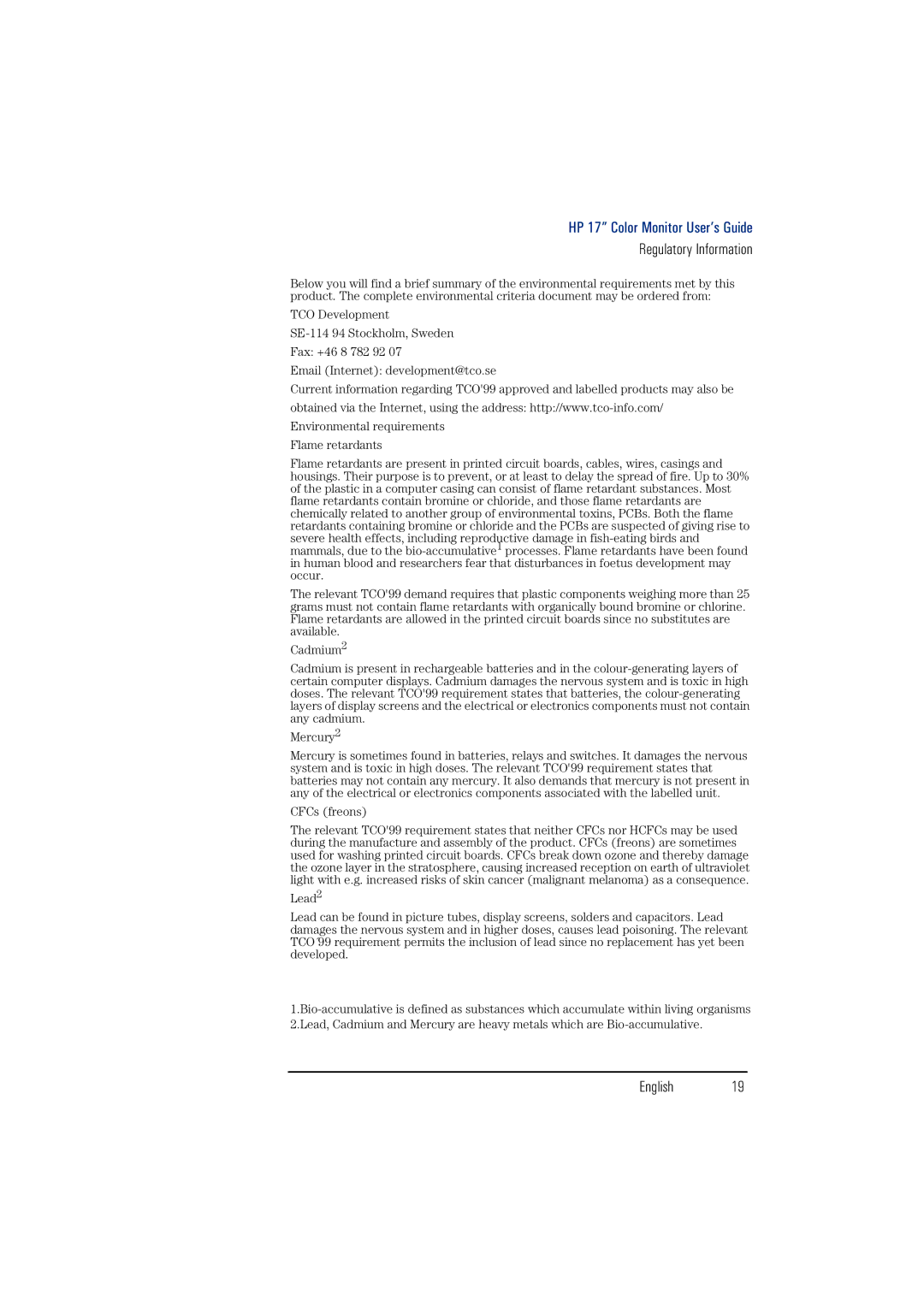d8904, d8905 specifications
The HP d8905 and d8904 are part of HP's innovative line of multifunction printers, designed to meet the needs of both home and small business users. These models blend efficiency, quality, and versatility into a compact design, making them ideal for various printing tasks.One of the standout features of the HP d8905 and d8904 is their exceptional print quality. Both models utilize HP's advanced thermal inkjet technology, which provides sharp text and vibrant images. With a print resolution of up to 4800 x 1200 optimized dpi, users can produce professional-quality documents and photographs with ease. Additionally, these printers support a variety of paper sizes and types, ranging from standard letter-size sheets to glossy photo paper, catering to diverse printing needs.
Speed is another significant aspect of the HP d8905 and d8904. These printers offer impressive print speeds, allowing users to print black and white pages at approximately 22 pages per minute (ppm) and color pages at around 18 ppm. This efficiency is particularly valuable in busy home offices or small businesses where time is of the essence.
Connectivity options for the d8905 and d8904 are robust, with support for both USB and wireless connections. This flexibility allows users to print directly from their laptops, desktops, tablets, or smartphones, making it easy to integrate into any workspace. The printers are also compatible with various mobile printing technologies, including Apple AirPrint and Google Cloud Print, enhancing their usability.
Another notable feature of these models is their scanning and copying capabilities. The HP d8905 includes an automatic document feeder (ADF), enabling users to quickly scan or copy multiple pages without manual intervention. Both models offer a range of scanning resolutions, ensuring that images and documents are captured in high detail.
In terms of user-friendliness, the HP d8905 and d8904 come equipped with intuitive control panels that simplify navigation through various settings and functions. The printers also feature energy-saving modes, which help reduce power consumption during idle periods, contributing to a lower environmental impact.
Overall, the HP d8905 and d8904 are excellent choices for individuals and small businesses seeking reliable, high-performance multifunction printers. With their combination of high-quality output, efficient speed, versatile connectivity options, and user-friendly features, these models stand out as practical solutions in today's printing landscape.
